This morning, February 17, 2022, in Verona, in the former Hapsburg barracks, in a conference room packed with nearly 200 people and in the presence of the director general Museums of the Ministry of Culture, Massimo Osanna, was held the inauguration of the National Archaeological Museum of Verona, that museum which has been awaited for fortyyears, that is, since the building located in the stradone San Tomaso was identified as suitable to house archaeological evidence from excavations in the area, which since then, except for sporadic appearances in exhibitions and events, had been waiting to see the light.
In fact, it must be said, although the event was presented as the inauguration of the highly anticipated museum (a fact that also explains the great flocking not only of journalists, institutions and scholars, but also of interested Veronese), what was inaugurated today is only the first part of the museum, the sections from the Paleolithic to the Bronze Age: due to some delays, also pointed out during the press conference, the section dedicated to the Iron Age will be inaugurated in early autumn, as guaranteed by regional director Daniele Ferrara, while the Roman section will have to wait until 2025, according to the forecasts made by the project managers.




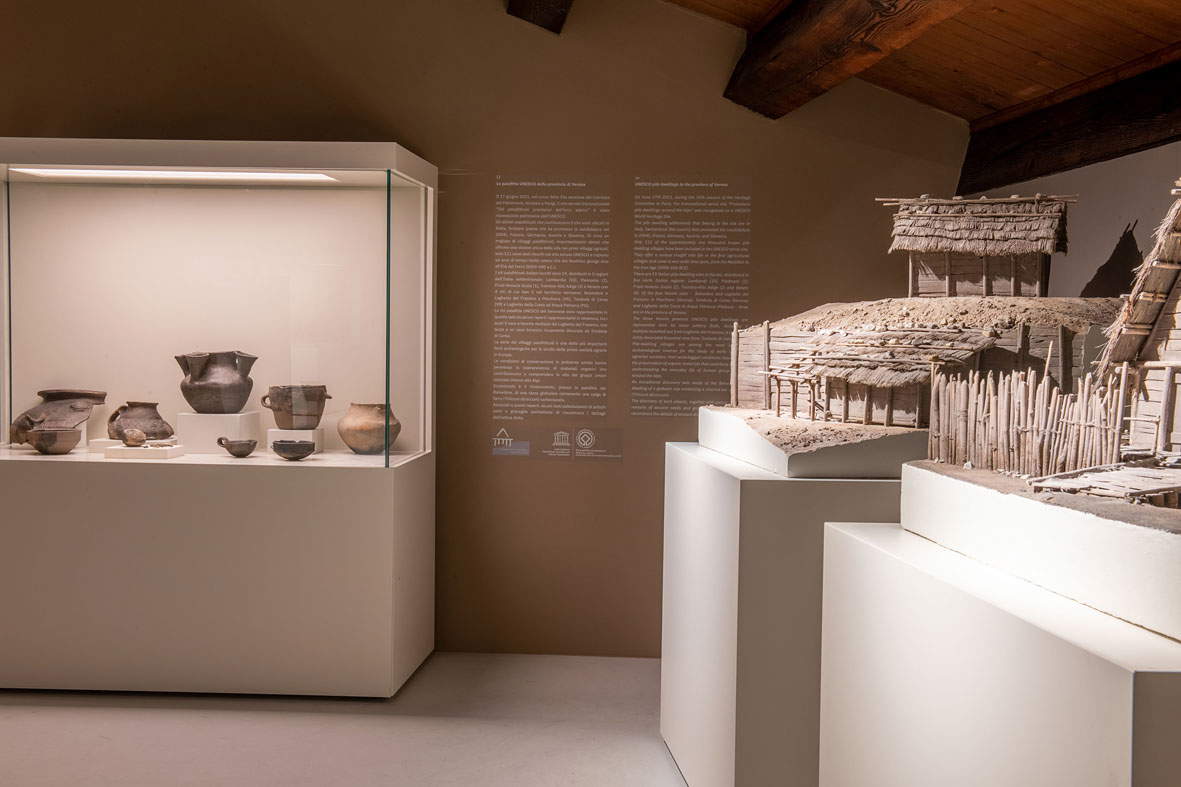
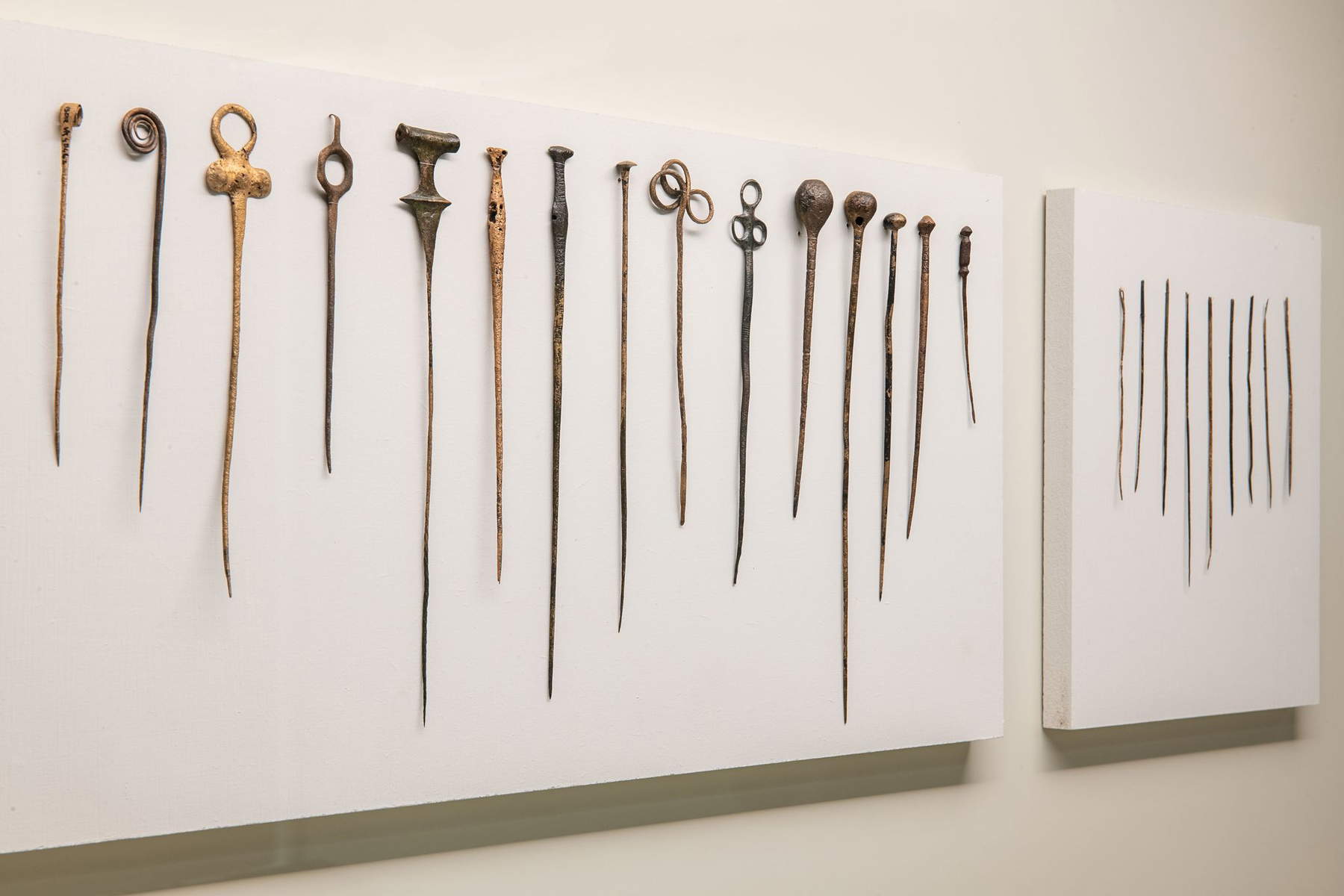
However, this is a breath of fresh air for Verona’s archaeology, which finds a new stable exhibition venue in addition to the Civic Museum at the Roman Theater, and for all those who in recent years had given up hope of seeing the coveted museum open its doors. Allocated ministerial funds (3 million) will allow for the completion of work on the protohistoric section, while new allocations should make it possible without a hitch to “return the entire building to the city by 2025,” architect Chiara Matteazzi of the Veneto regional directorate said during the conference. The rooms inaugurated today take the visitor along a journey through the prehistory of Verona (and human prehistory, as emphasized by Director General Osanna), from 200,000 B.C. to about 3,000 years ago, with an absolute level of interest and depth for a national archaeological museum. Great attention, as emphasized by the one who was the scientific head of the project, Federica Gonzato (since a few months Superintendent in Ravenna) was given to cults, social aspects, and the interaction of man with his everyday life.
It begins with the red ochre rock painting known as the “Shaman” (which is also the museum’s logo), found in the Fumane Cave and dated to 38 thousand years before Christ, one of the oldest theriomorphic (man-animal) figures on the planet. And then on through the Neolithic and Copper Age (with the hut at Gazzo Veronese), to Bronze Age pile-dwelling sites such as Olmo di Nogara or Laghetto del Frassino. Under the wooden trusses of the mid-19th century (the building was a former prison) are reconstructions-very carefully crafted-of sites and dwellings, burials, ceramic artifacts, weapons, statue-stelae, and even charred botanical remains from the sites. There is no shortage of ornaments and reconstructions of ritual or burial spaces, from all over the Veronese territory, while some videos accompany the visitor on this journey through time clearly displayed by the succession of rooms and panels. Remarkable is the reconstruction of the huge Bovolone well, a rare example of a wooden artifact preserved to the present day.
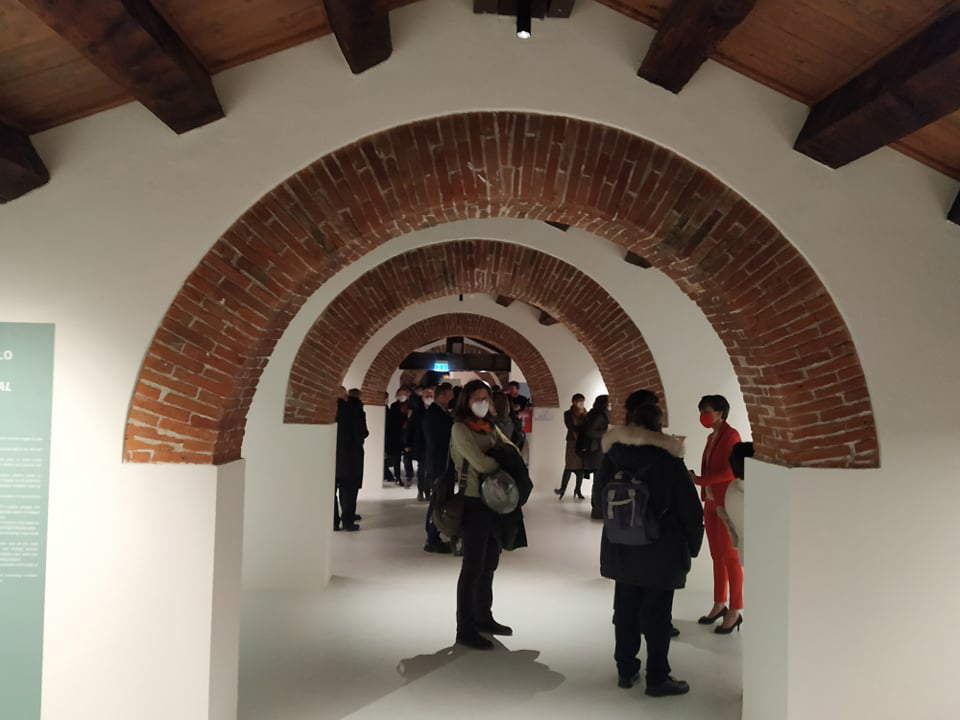
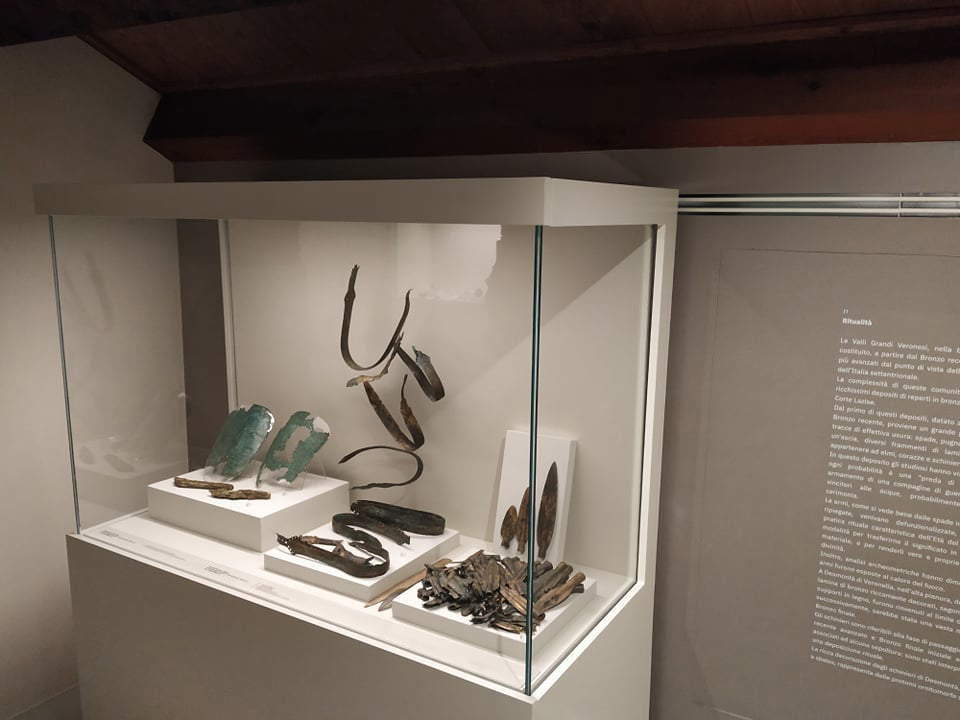

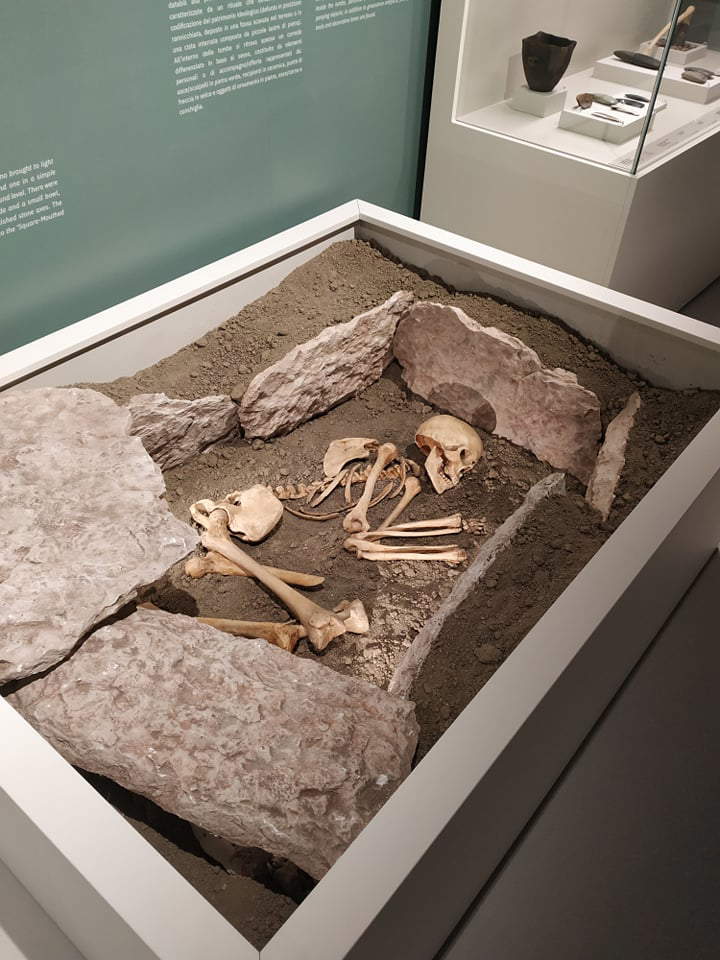
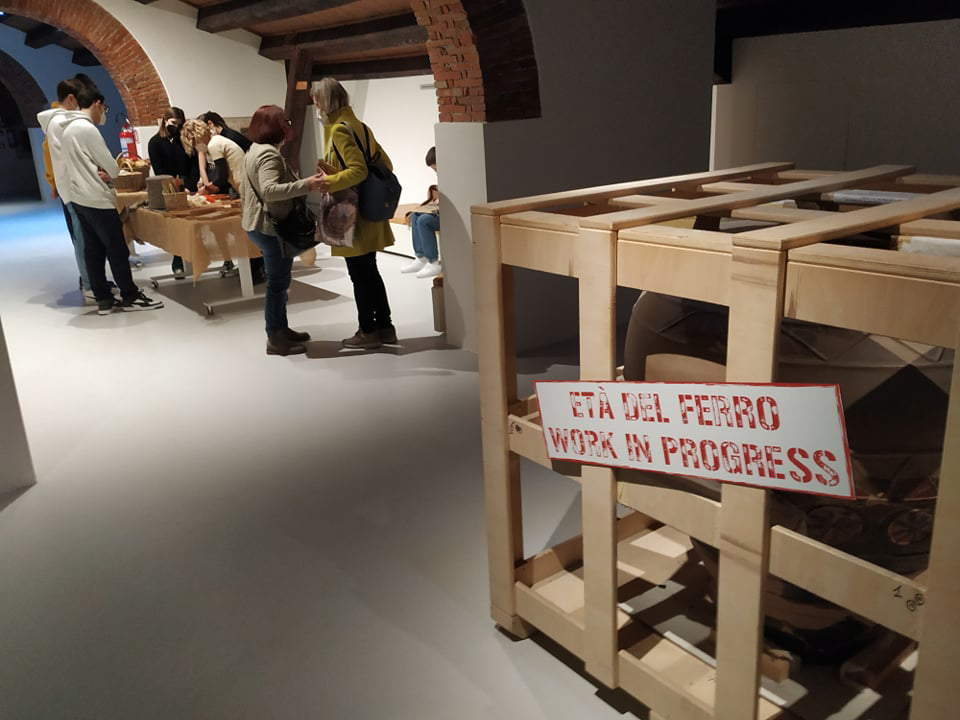

In addition to ministerial funding, the project has been able to count on close collaboration with the local archaeological superintendence (after the Franceschini reform, archaeological museums and superintendencies belong to two different directorates), the research work of the Universities of Ferrara, Trento, as well as Padua and Venice, and cooperation with the Civic Museums. In this regard, it should be noted that until the National Museum is completed, an anomaly will be created in Verona, with the local prehistory housed in a national museum while the Roman part exhibited in a civic museum: in this regard, Giovanna Falezza, a regional DG official and director of the fledgling institute, assures that there will soon be created not only a shared ticketing system (which there has been no time to talk about yet) but an organic planning of activities and cultural offerings among the various city institutes. The beginning of a path that thus aspires to create in the Venetian city one of the most important archaeological museums in the country. Of course, there is still a long way to go (there were whispers in the corridors that the hoped-for completion by 2025 was rather optimistic) but it is finally marked, and hopefully will continue without interruption: the interruptions that characterized the experience today for those hoping to admire the Prehistory and Protohistory sections, finding themselves faced with a journey that was interrupted “at the most beautiful” at the end of the Bronze Age. But the wait should be short-lived.
The part of the museum inaugurated from tomorrow will open, for these months, from Friday to Sunday (10 a.m. to 6 p.m.) thanks to SAP-padana archaeological company staff, a company chosen by the Regional Directorate after a market survey: the Ministry’s staff, again, was not sufficient to guarantee the opening of the new institute.
Warning: the translation into English of the original Italian article was created using automatic tools. We undertake to review all articles, but we do not guarantee the total absence of inaccuracies in the translation due to the program. You can find the original by clicking on the ITA button. If you find any mistake,please contact us.